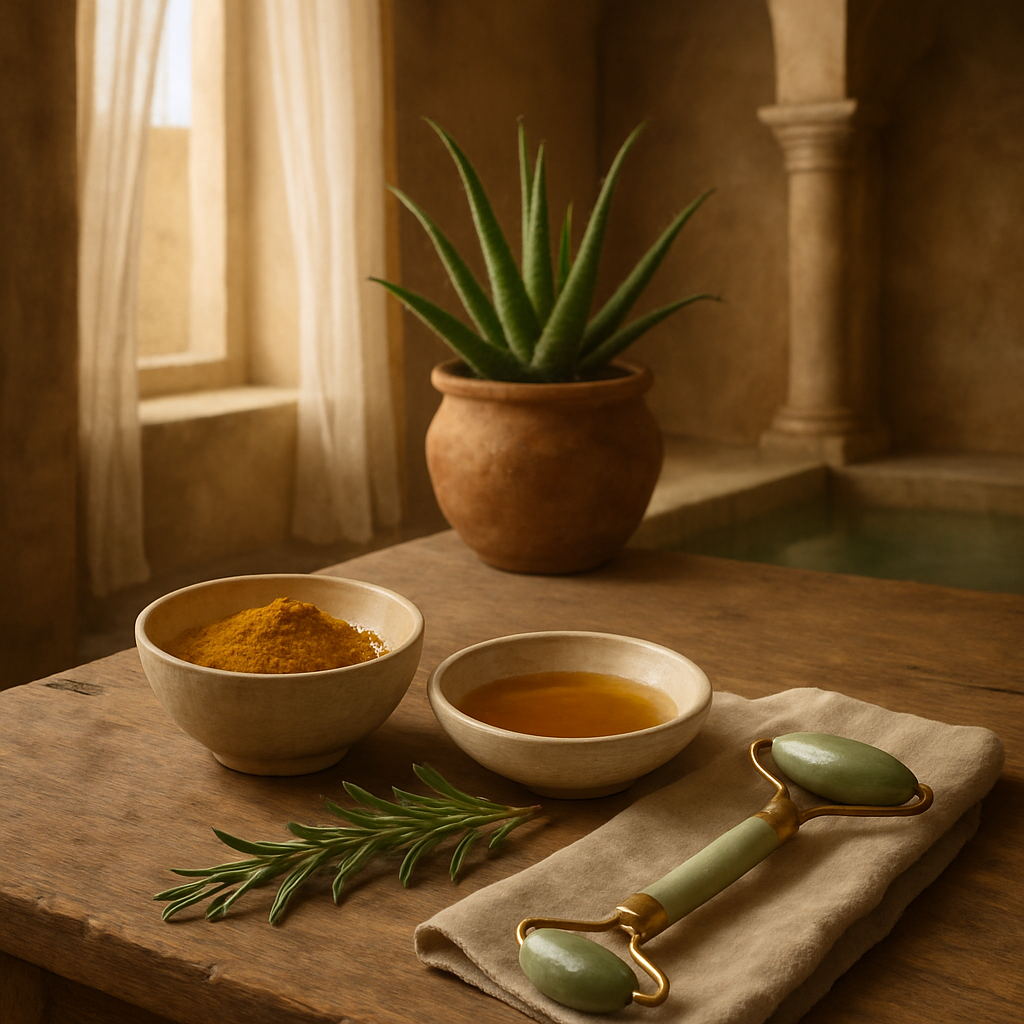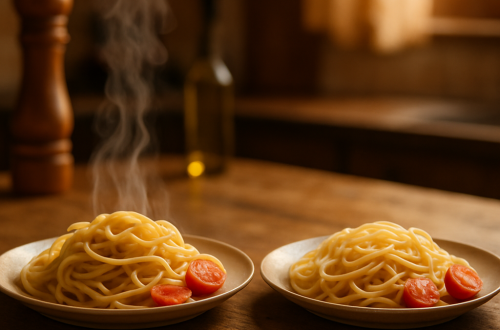Unlocking the Secrets of Ancient Skincare Rituals

Stumbling across the vast world of skincare can be a baffling adventure. With an abundance of products lining the shelves and influencers touting the virtues of the latest miracle cream, it’s easy to forget that the pursuit of healthy, radiant skin isn’t exactly a modern phenomenon. Long before we had serums and sheet masks, ancient civilizations were busy brewing up their own concoctions, relying on nature to provide the goods. This fascination with the past got me thinking: maybe there’s something we’ve forgotten in our quest for the perfect complexion.
Ancient skincare rituals are like dusty old maps showing treasure hidden beneath our noses. Take Cleopatra, for instance. The legendary queen was famous for her milk baths, purported to keep her skin soft and youthful. It’s believed that the lactic acid in milk acts as a natural exfoliator, gently sloughing away dead skin cells. Now, I don’t know about you, but imagining Cleopatra lounging in a tub of milk sounds both luxurious and slightly impractical. Yet, the principle holds true: acids (in small, friendly doses) are awesome for your skin.
The Greeks were no slouches either. They slathered olive oil on their bodies, not just for moisture but also as a cleanser. The Greeks might not have known about the lipid barrier, but they understood that oil can dissolve oil. Fast forward a few thousand years, and we have the oil cleansing method a darling of the skincare community. It’s funny how some things come full circle, isn’t it?
Ancient Ingredients in Modern Skincare
The fascinating part is not just the rituals themselves but the ingredients these ancient civilizations used. Many of these components are experiencing a renaissance of sorts in skincare today. Honey, for instance, was used by the Egyptians for its antiseptic and healing properties. It’s a natural humectant, which means it draws moisture into the skin. This property hasn’t gone unnoticed in modern formulations, with honey being a staple in hydrating masks and cleansers.
Turmeric is another ancient gem. With its vibrant yellow color, this spice was a favorite in Indian and Ayurvedic beauty routines. Its anti-inflammatory properties are backed by science, making it a popular choice for those battling redness and acne. I remember mixing up my own turmeric mask in a desperate attempt to calm a breakout. The downside? A slightly yellow-tinged face for a day or two. But the results were worth it, and my skin felt calmer and smoother.
The Rituals: More Than Just Skin Deep
The ancient approach to skincare wasn’t merely about vanity. These rituals were wrapped in traditions and beliefs that transcended mere aesthetics. In many cultures, skincare was intertwined with spirituality and health. The Japanese, for instance, embraced the art of the tea ceremony, which wasn’t just about drinking tea. The matcha used was a powerful antioxidant, and the ceremony itself was a moment of mindfulness a practice of being present.
This connection between self-care and mindfulness is something I occasionally lose sight of. In the rush to try the newest product or squeeze in a quick mask before dashing out the door, I sometimes forget that part of the beauty of these rituals is the ritual itself. It’s a time to pause, to care for oneself in a world that often demands too much.
And then there’s the social aspect. In many cultures, beauty routines were (and still are) shared experiences. Moroccan women gather in hammams, their version of a steam bath, to exfoliate with black soap and rhassoul clay. These communal experiences fostered a sense of connection, a reminder that beauty is as much about the soul as the skin.
A Modern Reinterpretation
Now, I’m not suggesting we all start bathing in milk or slathering ourselves in olive oil (although, if that’s your thing, more power to you). What I am suggesting is that there’s value in looking back, in rediscovering practices that have stood the test of time. Maybe it’s the simplicity or the idea of using what nature provides, but there’s something reassuring about these ancient methods. They remind us that skincare doesn’t have to be complicated.
And here’s a little secret: sometimes these age-old practices turn out to be more effective than their pricey, modern counterparts. I once spent a small fortune on a high-tech gadget that promised to tighten and tone my skin. It did nothing but gather dust. Meanwhile, my grandmother swore by a simple washcloth and warm water, her skin glowing well into her 80s.
There are practical lessons to be learned here. Maybe the answer isn’t always in the latest trend but in finding what works for you, even if it’s something as simple as a homemade honey mask or a few moments of mindfulness each day.
In the rush to keep up with new innovations, we often overlook the wisdom of the past. But by stepping back and embracing some of these ancient practices, we might just find a little magic or at the very least, a bit more peace in our skincare routines.


